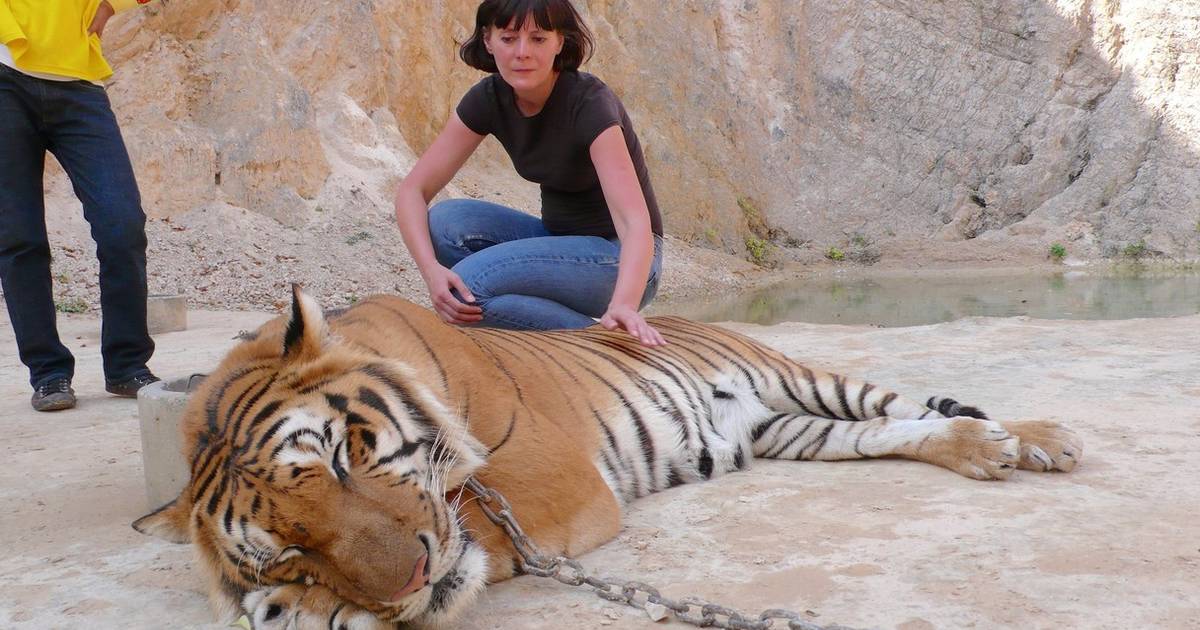Did you know that tigers worldwide are at threat, and you need to protect them? As top predators in the food chain, these majestic felines play an essential role in maintaining the balance of our planet’s ecosystems. Sadly, over the last 100 years, there has been a 96% decrease in the tiger population; nowadays, around 3800 tigers remain. Please read on to learn more about our tigers’ threats.

Illegal trade of tiger parts
The illegal wildlife trade is indeed a major threat to our tigers’ lives. You will be shocked to know that the illegal wildlife trade industry makes billions of dollars in profit each year. Unfortunately, there is high consumer demand for tiger products such as tiger bone wine, luxury items made from their fur, and supposedly curative medicine derived from tiger bones, which has been debunked by scientists across the world.
Despite ongoing awareness campaigns, many people still use wildlife products as a status symbol, believing they are upgrading their lifestyles. For example, it is common in Eastern societies to use tiger products to impress guests and colleagues. But, are these practices worthy of taking the lives of countless innocent wild animals?
Tiger Farms
Although ostensibly billed as tiger breeding parks, these facilities, located primarily in China, contribute to the poaching problem by continuing to sell products made from tiger fur and bones. While the sale of tiger products, or any products labeled as containing tiger, is banned in China, as well as in international trade, these unscrupulous business people have found plenty of loopholes to exploit, aided by China’s lackadaisical approach to conservation.

The movement of tiger products from tiger farms to consumer markets complicates and thus undermines enforcement efforts aimed at identifying and stopping the trade in wild tiger products. Furthermore, tiger farms help perpetuate and grow demand by legitimizing or normalizing the demand for tiger parts in a region currently experiencing profound and sustained growth of consumer classes. Even a modest increase in the demand for tiger products could trigger immense poaching pressures on wild populations.
Habitat loss
Tigers and all other wild animals live in natural forests. Are you aware that our tiger population is becoming smaller with the constantly increasing world population? A growing population usually demands more space for agriculture and infrastructure. This leads to the destruction of more and more natural forests to make space for houses, industries, hotels, and entertainment. Also, they are cutting trees for wooden products. According to the International Union for the Protection of Nature, IUCN, habitat loss is now the biggest threat to all animal species! Sadly, no sufficient plan was made to minimize the habitat loss of tigers. I believe if we do not take urgent action, we might lose this iconic species forever!
Climate change
Another dangerous threat to our tigers’ survival is climate change. It is no surprise there extreme weather occurrences such as flooding, droughts, storms, and heatwaves are increasing due to rising human-induced carbon emissions and diminishing natural carbon recycling. Unfortunately, climate change is causing even more harm than we can possibly think of! This environmental problem is affecting our planet’s ecosystems, causing a reduction in tiger prey species and access to clean water. It is also causing changes in the migratory patterns of wild animals. In addition, there is increased human-wildlife conflict because of famine caused by climate change. In order to survive starvation, tigers resort to preying on humans.

Tigers help keep the equilibrium between the prey animals and the forest vegetation they feed upon, hence maintaining our planet‘s ecosystems. The total number of wild tigers living on the earth is dropping drastically. It is now or never to act responsibly and render the world livable and peaceful for our tigers! Please save the tiger and share your comments below!

